Why Changing Your Running Shoes Matters
Knowing how often to change running shoes is crucial for both performance and safety. Over time, the cushioning and support in running shoes degrade, which can lead to discomfort or even injuries. Many runners overlook this, but it’s a key factor in maintaining optimal running performance.
Firstly, running shoes absorb impact with every step. As the midsole wears down, its ability to cushion your feet diminishes. This increases the risk of stress fractures and joint pain. Secondly, worn-out shoes can alter your gait, leading to imbalances that affect your entire body.
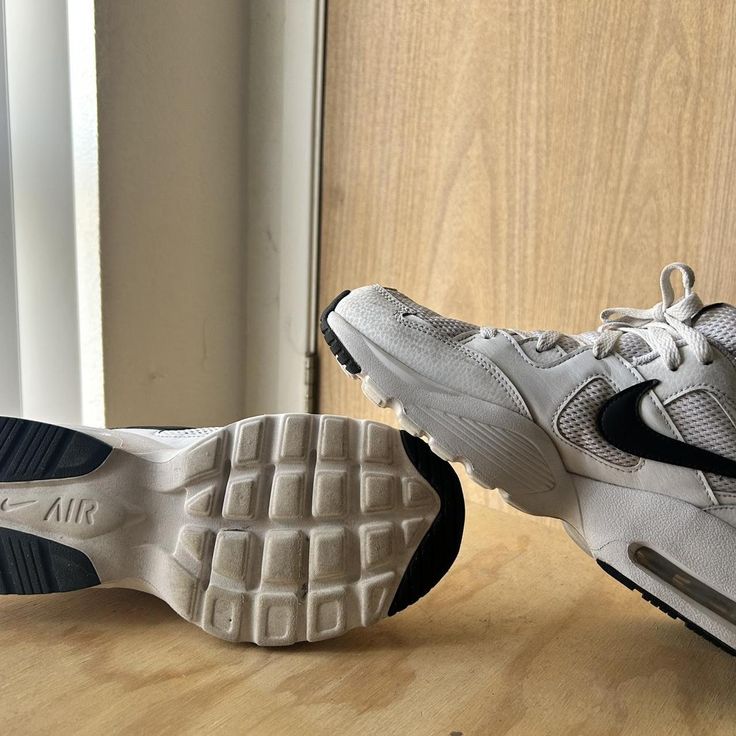
Moreover, proper footwear is essential for comfort. Running in old shoes can cause blisters, soreness, and fatigue. For example, if the tread on the sole is worn, you might experience slipping on wet surfaces.
Additionally, changing your running shoes regularly ensures you’re getting the most out of your runs. Fresh shoes provide better grip, support, and energy return. This helps you run faster and longer without strain.
Finally, understanding how often to change running shoes is the first step toward taking care of your feet. In this guide, we’ll explore the factors that determine shoe lifespan and how to recognize when it’s time for a new pair.
Signs It’s Time to Replace Your Running Shoes
Knowing when to replace your running shoes is crucial for maintaining comfort and preventing injury. Here are several signs that it might be time to purchase a new pair:
- Decreased Cushioning: Over time, the cushioning in your shoes can get compressed and lose its ability to absorb shock, leading to discomfort and potential injury.
- Outsole Wear: Pay attention to the tread on the bottom of your shoes. If it’s worn down and smooth, it’s a sign that your shoes are no longer providing the traction and support you need.
- Wrinkles in the Midsole: Check the midsole for wrinkles or creases, which indicate the material has broken down and can’t offer the same level of support.
- Discomfort or Pain: If you start to experience new aches and pains after running, it could be due to your shoes no longer offering adequate support or cushioning.
- Mileage Milestone: A general rule of thumb is to replace your running shoes every 300-500 miles. Keep track of your mileage to know when you’re approaching this range.
- Uneven Wear Patterns: Look at the soles of your shoes. If one side is more worn than the other, it’s a sign your shoes are no longer evenly distributing impact as you run.
These are just a few indicators that it’s time to consider shopping for new running shoes. Remember, running in worn-out shoes can increase your risk of injury which is why it’s important to stay vigilant about the condition of your footwear.
The Impact of Mileage on Running Shoe Lifespan
One of the key factors affecting the lifespan of your running shoes is the mileage you’ve logged. Generally, after clocking in 300 to 500 miles, your shoes likely need replacement. This is not just an arbitrary number; the mileage reflects the amount of wear and tear your shoes endure over time.
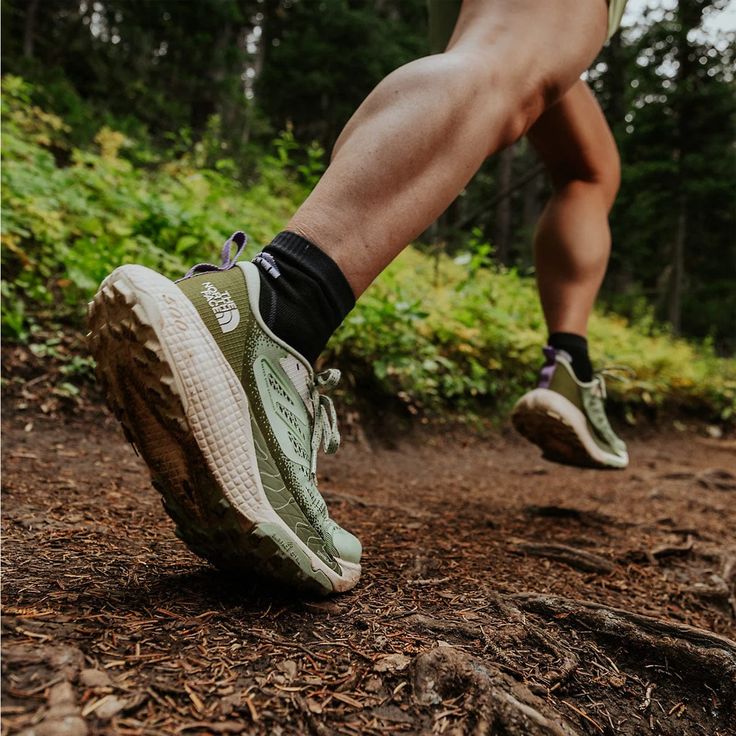
The cushioning in the midsole gets compressed with each step you take. Over hundreds of miles, this compression adds up and the shoes lose their capacity to absorb shock effectively. This can lead to discomfort and a higher risk of injury. The outsole also wears down, reducing traction and stability. Tracking your mileage helps you gauge when to start the process of choosing a new pair.
Remember, the range of 300-500 miles is a guideline. Some runners might need to change their shoes more often based on their running style and the surfaces they run on. Heavy runners or those who frequently run on rough terrain might see their shoes break down faster. Conversely, lighter runners or those who stick to soft surfaces may find their shoes last beyond the standard mileage recommendation.
How often you change running shoes can also depend on your personal comfort level and any pain or aches you experience. Using your body’s feedback along with mileage tracking ensures you get the most out of your running shoes while preventing injuries due to worn-out footwear.
Understanding the Role of Running Style and Gait
Your running style and gait play a crucial role in how quickly your running shoes break down. Different runners strike the ground differently, and this impacts how the shoes wear. For example:
- Heel Strikers: Tend to wear out the back part of the sole faster.
- Forefoot Strikers: Often see more wear on the front of the shoe.
- Overpronators: Can notice faster wear on the inside edge of the shoe due to rolling of the foot.
- Supinators: May have extra wear on the outer edge.
Understanding your running style helps in selecting the right shoes for your needs and can also indicate how often to change running shoes. It’s essential to pick a pair that aligns with your gait to ensure even wear and to extend the lifespan of the shoes. A shoe that doesn’t match your gait may wear out quickly and not provide the needed support, leading to discomfort and potential injuries.
Professional runners often get a gait analysis. This can guide them towards the most suitable running shoes for their style. This service is available at many specialized running stores and can be beneficial for any level of runner. Paying attention to your gait and running style not only helps in maintaining your shoes but also in keeping your runs comfortable and injury-free.
By recognizing the signs of wear specific to your running style, you can better gauge how often to change running shoes. This proactive approach ensures you’re always running with optimal support and cushioning.
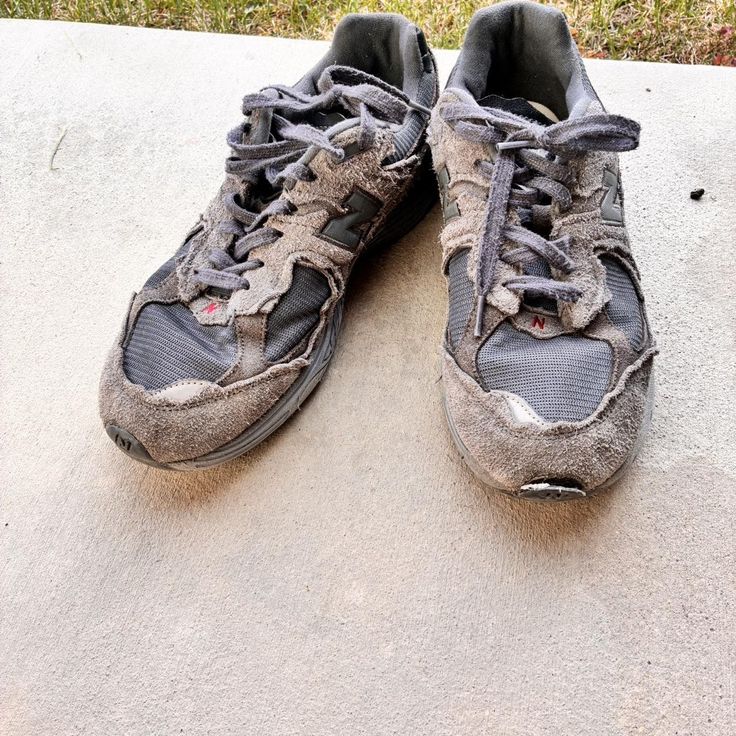
The Importance of Tracking Running Shoe Wear
Tracking the wear of your running shoes is important for several reasons. It helps you understand when it’s time to start thinking about a new pair. Knowing how to assess wear and tear can prevent injuries related to old, unsupportive footwear. Here are main reasons why tracking is crucial:
- Maintains Performance: Fresh shoes ensure your running performance stays optimal.
- Prevents Injuries: Overworn shoes can lead to pain and injuries. Tracking helps avoid this.
- Saves Money: You can plan and budget for new shoes before an emergency arises.
- Enhances Comfort: Replacing shoes at the right time keeps your runs comfortable.
To track wear, inspect your shoes regularly. Look for the signs mentioned earlier such as decreased cushioning, smooth outsoles, and wrinkles in the midsole. Also, take note of how your shoes feel during runs. If something feels off, it could be time to replace them. Write down the date you start running in a new pair. Keep a running log to track mileage. Every run adds up, and so does the wear on your shoes.
Remember, how often to change running shoes can vary based on many factors. Use tracking as a guide, not a strict rule. Listen to your body and be proactive about your running shoe health. It will pay off in long, healthy, and enjoyable runs.
How to Assess the Wear and Tear of Your Running Shoes
Assessing the wear and tear on your running shoes is key to determining when to replace them. Here are steps to help you evaluate the condition of your footwear:
- Visual Inspection: Start with a visual check of the shoes. Look for signs of severe wear, like holes or tears in the upper part, or the tread on the outsole being flattened out.
- Press Test: Apply pressure to the sole to see if the cushioning still responds. It should compress and bounce back. If it doesn’t, the cushioning may be worn out.
- Flex Test: Gently bend the shoes to check the flexibility. Shoes that are too flexible may have compromised support.
- Compare With New: If possible, compare your shoes to a new pair. This will give you a sense of what’s lost in cushioning and support.
- Feel Your Run: Pay attention to how your feet and body feel during and after a run. Discomfort or pain may suggest it’s time for new shoes.
- Uneven Wear Patterns: Inspect the soles for uneven wear. If one side is more worn, your shoes might not be offering proper alignment.
By following these steps and considering how often to change running shoes based on your individual wear patterns, running style, and mileage, you can make well-informed decisions about your running gear. It’s all about maintaining performance, comfort, and safety on your runs.
Material Breakdown and Running Shoe Durability
Understanding how materials break down in running shoes is vital. This knowledge helps runners predict durability and make informed purchase decisions. Running shoes comprise various materials, each with a different lifespan:
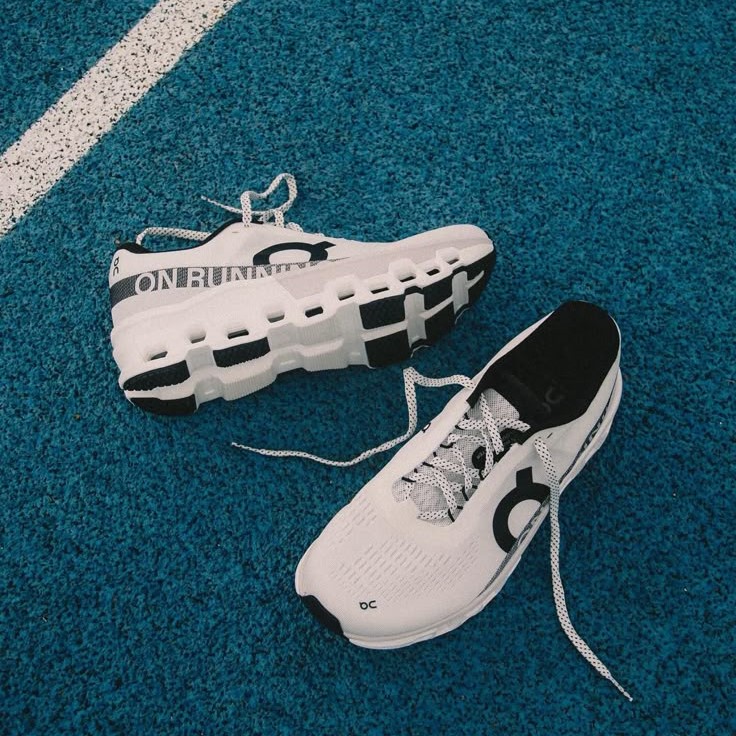
- Midsole Foam: This absorbs shock but compresses over time, losing effectiveness.
- Rubber Outsoles: These provide traction but will smooth out as they wear down.
- Upper Mesh/Fabrics: They ensure ventilation and fit but can tear with extensive use.
- Adhesives and Stitching: These hold the shoe together but can deteriorate with stress and weather conditions.
The rate at which these materials degrade affects how often to change running shoes. For instance, a midsole may last longer if you run on soft surfaces. However, rough terrains will speed up outsole wear. Keep in mind, both external conditions like weather and internal factors like sweat can influence material breakdown.
High-quality materials tend to increase shoe durability, meaning less frequent replacements. However, no material lasts forever under the stress of running. An awareness of material breakdown helps runners recognize tell-tale signs of wear. Look for compressed midsoles, worn outsoles, or damaged uppers. This ensures you maintain performance and stay injury-free.
Knowing the average lifespan of your running shoes’ materials aids in scheduling timely replacements. It’s not just about how often to change running shoes, but also knowing when they can no longer serve their purpose. This attention to detail saves money and protects your body in the long run.
The Effects of Not Replacing Running Shoes Timely
Neglecting to replace running shoes promptly can have several consequences. Firstly, old shoes often lead to reduced performance. Runners may find their pace and endurance suffer due to inadequate support and cushioning. Secondly, the danger of injuries increases with worn-out shoes. Common issues include joint pain, shin splints, and stress fractures. Such injuries not only halt training but may require medical attention.
Further, ignoring the signs of shoe wear, like flattened cushioning and uneven soles, can cause poor running form. This misalignment leads to unnecessary strain on muscles and ligaments. Over time, this can result in chronic discomfort and long-term damage.
Another often-overlooked effect is increased discomfort during runs. Worn shoes don’t provide the same level of shock absorption, resulting in a less pleasant running experience.
Finally, waiting too long to replace running shoes can lead to higher costs. Runners might have to pay for injury treatments or buy additional running gear to compensate for poor shoe quality. By recognizing how often to change running shoes and acting accordingly, runners can avoid these negative outcomes and enjoy a safer, more comfortable, and potentially more economical running journey.
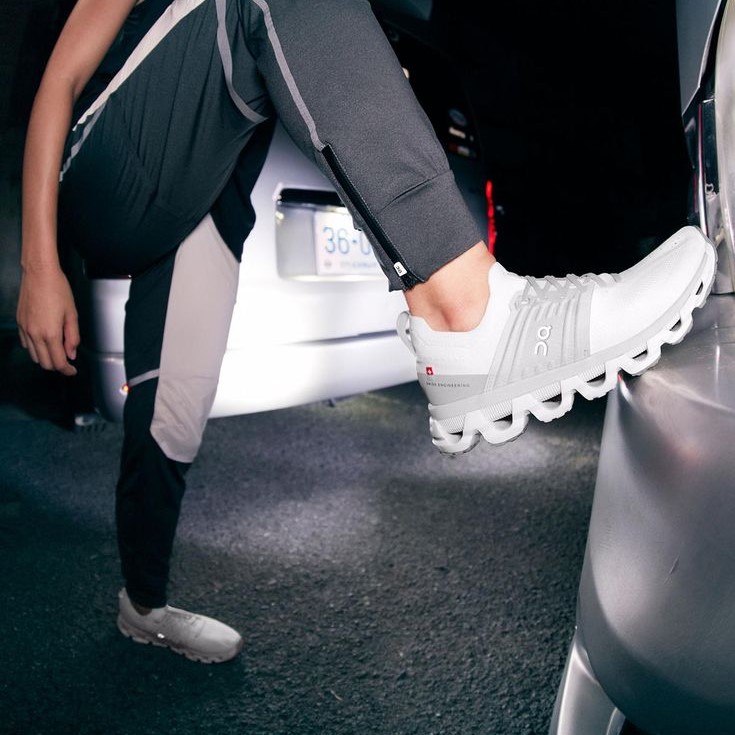
Tips for Extending the Life of Your Running Shoes
Proper care can extend the lifespan of your running shoes. Here are practical tips to help you achieve this:
- Use Your Shoes Exclusively for Running: Keep your running shoes just for that, running. Using them for other activities can speed up wear.
- Rotate Between Multiple Pairs: Rotating between two or more pairs of shoes gives each pair time to bounce back and reduces constant stress.
- Keep Them Clean: Dirt and debris can degrade materials faster. Clean your shoes gently after runs, especially if they are muddy.
- Dry Them Properly: Never put running shoes in a dryer. Let them air dry away from direct heat which can damage the materials.
- Store Them Correctly: Keep your shoes in a cool, dry place to prevent materials from breaking down in harsh conditions.
- Avoid Harsh Surfaces: Whenever possible, run on soft surfaces. Hard surfaces like concrete can wear down the outsole quickly.
- Monitor Tread Wear: Regularly check the tread and replace your shoes if it’s significantly worn to maintain traction and safety.
- Listen to Your Body: Pay attention to comfort and support. If shoes start feeling different, it may signal the need for a fresh pair.
By following these tips, you’ll not only prolong the life of your running shoes but also ensure they are providing the necessary support and cushioning for a better running experience. Remember, recognizing how often to change running shoes is crucial for optimum performance and injury prevention.